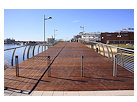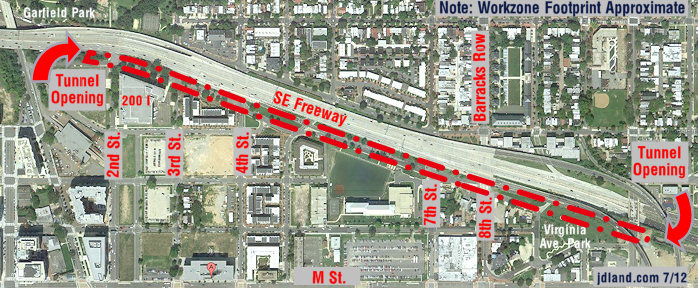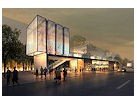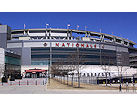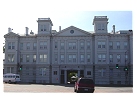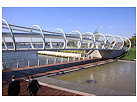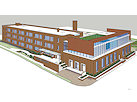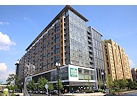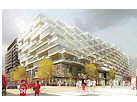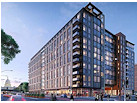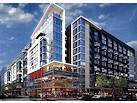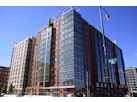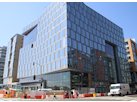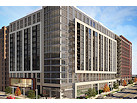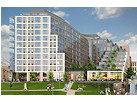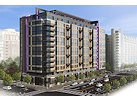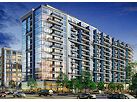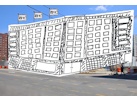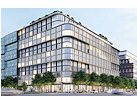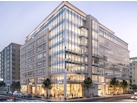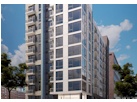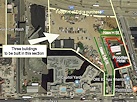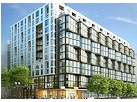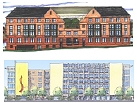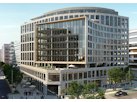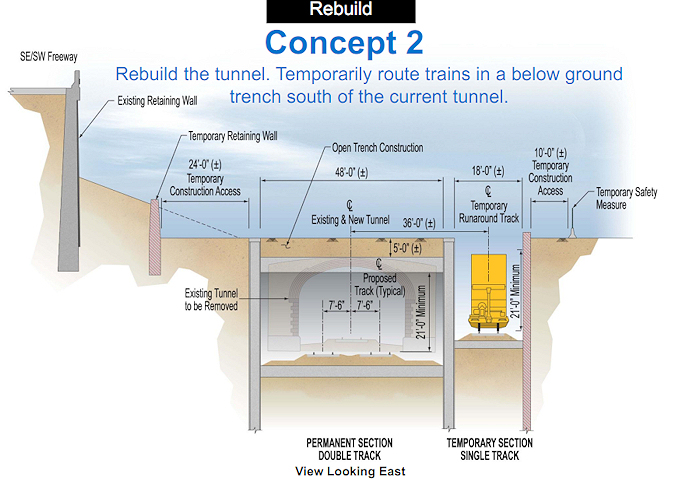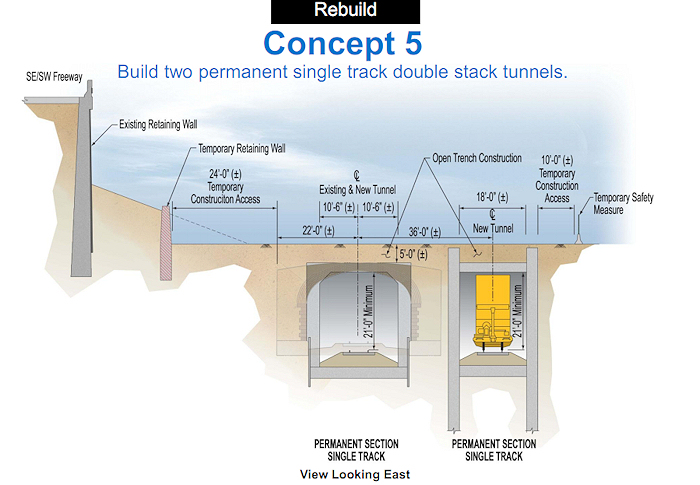|
| ||||||||||||||||||||
Please note that JDLand is no longer being updated.
peek >>
Near Southeast DC Past News Items: Dec 01, 2011
- Full Neighborhood Development MapThere's a lot more than just the projects listed here. See the complete map of completed, underway, and proposed projects all across the neighborhood.
- What's New This YearA quick look at what's arrived or been announced since the end of the 2018 baseball season.
- Food Options, Now and Coming SoonThere's now plenty of food options in the neighborhood. Click to see what's here, and what's coming.
- Anacostia RiverwalkA bridge between Teague and Yards Parks is part of the planned 20-mile Anacostia Riverwalk multi-use trail along the east and west banks of the Anacostia River.
- Virginia Ave. Tunnel ExpansionConstruction underway in 2015 to expand the 106-year-old tunnel to allow for a second track and double-height cars. Expected completion 2018.
- Rail and Bus Times
Get real time data for the Navy Yard subway, Circulator, Bikeshare, and bus lines, plus additional transit information. - Rail and Bus Times
Get real time data for the Navy Yard subway, Circulator, Bikeshare, and bus lines, plus additional transit information. - Canal ParkThree-block park on the site of the old Washington Canal. Construction begun in spring 2011, opened Nov. 16, 2012.
- Nationals Park21-acre site, 41,000-seat ballpark, construction begun May 2006, Opening Day March 30, 2008.
- Washington Navy YardHeadquarters of the Naval District Washington, established in 1799.
- Yards Park5.5-acre park on the banks of the Anacostia. First phase completed September 2010.
- Van Ness Elementary SchoolDC Public School, closed in 2006, but reopening in stages beginning in 2015.
- Agora/Whole Foods336-unit apartment building at 800 New Jersey Ave., SE. Construction begun June 2014, move-ins underway early 2018. Whole Foods expected to open in late 2018.
- New Douglass BridgeConstruction underway in early 2018 on the replacement for the current South Capitol Street Bridge. Completion expected in 2021.
- 1221 Van290-unit residential building with 26,000 sf retail. Underway late 2015, completed early 2018.
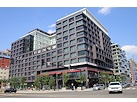
- NAB HQ/AvidianNew headquarters for National Association of Broadcasters, along with a 163-unit condo building. Construction underway early 2017.
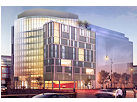
- Yards/Parcel O Residential ProjectsThe Bower, a 138-unit condo building by PN Hoffman, and The Guild, a 190-unit rental building by Forest City on the southeast corner of 4th and Tingey. Underway fall 2016, delivery 2018.
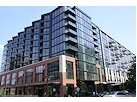
- New DC Water HQA wrap-around six-story addition to the existing O Street Pumping Station. Construction underway in 2016, with completion in 2018.
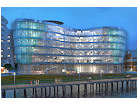
- The Harlow/Square 769N AptsMixed-income rental building with 176 units, including 36 public housing units. Underway early 2017, delivery 2019.
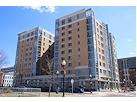
- West Half Residential420-unit project with 65,000 sf retail. Construction underway spring 2017.
- Novel South Capitol/2 I St.530ish-unit apartment building in two phases, on old McDonald's site. Construction underway early 2017, completed summer 2019.
- 1250 Half/Envy310 rental units at 1250, 123 condos at Envy, 60,000 square feet of retail. Underway spring 2017.
- Parc Riverside Phase II314ish-unit residential building at 1010 Half St., SE, by Toll Bros. Construction underway summer 2017.
- 99 M StreetA 224,000-square-foot office building by Skanska for the corner of 1st and M. Underway fall 2015, substantially complete summer 2018. Circa and an unnamed sibling restaurant announced tenants.
- The Garrett375-unit rental building at 2nd and I with 13,000 sq ft retail. Construction underway late fall 2017.
- Yards/The Estate Apts. and Thompson Hotel270-unit rental building and 227-room Thompson Hotel, with 20,000 sq ft retail total. Construction underway fall 2017.
- Meridian on First275-unit residential building, by Paradigm. Construction underway early 2018.
- The Maren/71 Potomac264-unit residential building with 12,500 sq ft retail, underway spring 2018. Phase 2 of RiverFront on the Anacostia development.
- DC Crossing/Square 696Block bought in 2016 by Tishman Speyer, with plans for 800 apartment units and 44,000 square feet of retail in two phases. Digging underway April 2018.
- One Hill South Phase 2300ish-unit unnamed sibling building at South Capitol and I. Work underway summer 2018.
- New DDOT HQ/250 MNew headquarters for the District Department of Transportation. Underway early 2019.
- 37 L Street Condos11-story, 74-unit condo building west of Half St. Underway early 2019.
- CSX East Residential/Hotel225ish-unit AC Marriott and two residential buildings planned. Digging underway late summer 2019.
- 1000 South Capitol Residential224-unit apartment building by Lerner. Underway fall 2019.
- Capper Seniors 2.0Reconstruction of the 160-unit building for low-income seniors that was destroyed by fire in 2018.
- Chemonics HQNew 285,000-sq-ft office building with 14,000 sq ft of retail. Expected delivery 2021.
1 Blog Posts
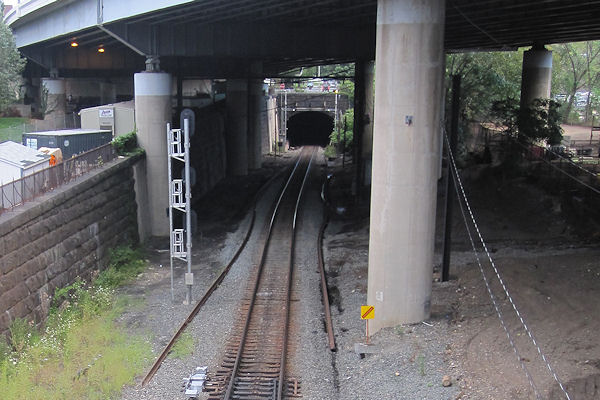 In a conference room at Nationals Park on Wednesday night, a bevy of representatives from CSX, DDOT, and FHWA along with consultants galore showed the public for the first time a series of 12 "project concepts" for how to handle CSX's desire/need to expand the capacity of the 3,800-foot-long Virginia Avenue Tunnel that runs from 2nd to 12th Street SE.
In a conference room at Nationals Park on Wednesday night, a bevy of representatives from CSX, DDOT, and FHWA along with consultants galore showed the public for the first time a series of 12 "project concepts" for how to handle CSX's desire/need to expand the capacity of the 3,800-foot-long Virginia Avenue Tunnel that runs from 2nd to 12th Street SE. The concepts are now posted on the project web site, and can be grouped as seven "rebuild" options along with four other "reroute" options that would bring about the abandonment of the tunnel altogether (and, it must be said, are probably a just smidge less likely to be one of the alternatives chosen).
Three of the rebuild options are along the lines of what's been discussed for more than two years now, which would be the running of a temporary track in an open trench while the expansion work is done on the existing tunnel. While having the trench on the south side of the tracks (Concept 2) has been the "default" discussion and has to be assumed to be CSX's preferred choice, Concept 3 shows the possibility of running the trench on the north side of the tunnel, which would be right next to the Southeast Freeway (and which I'm imagining would run into some issues with having to make sure all freeway supports are adequately protected). Concept 4 runs a "serpentine" trench both north and south of the existing tracks.
Concept 5 is an intriguing new notion, where a second permanent tunnel would be built parallel and south of the existing one. There's also the idea of just widening the current tunnel either while trains continue to use the tunnel (Concept 6) or with freight traffic temporarily rerouted either to Union Station (Concept 7A) or outside the District entirely (with a route shown that would take trains from Richmond through Ohio and up to Buffalo before turning back to the East Coast).
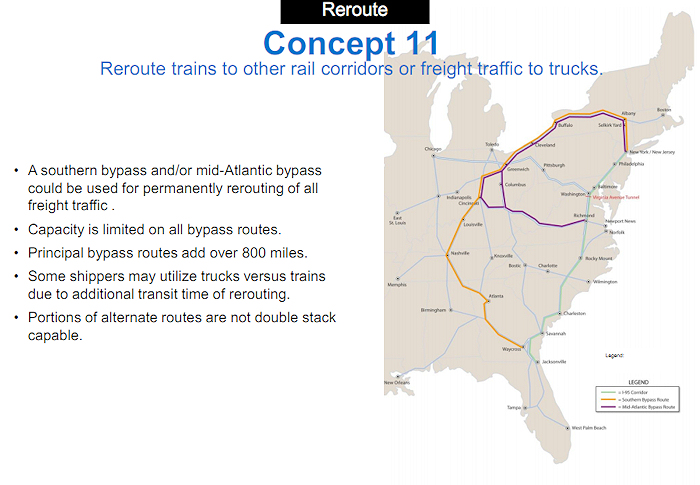 The "reroute" options all propose abandoning the tunnel, either building a nine-mile-long freight tunnel from National Airport to the Deanwood Metro station about 80 feet underground (Concept 8) or building other alignments proposed in recent years by the National Capital Planning Commission (Concepts 9 and 10), or running on CSX's existing tracks out to Ohio and then northward.
The "reroute" options all propose abandoning the tunnel, either building a nine-mile-long freight tunnel from National Airport to the Deanwood Metro station about 80 feet underground (Concept 8) or building other alignments proposed in recent years by the National Capital Planning Commission (Concepts 9 and 10), or running on CSX's existing tracks out to Ohio and then northward.But of course, these are concepts, and one of the reasons for going through a NEPA process is to study the different ideas to then come up with alternatives, accompanied by scads of data on noise, vibration, pollution, traffic, and timeline impacts. And to determine how much the various alternatives would cost--because it's likely that CSX is not going to be too gung-ho on the options anticipated to run into the billions of dollars.
It's expected that the public meeting where the alternatives will be unveiled will be in February of 2012, at which point so many of the questions that residents have been asking for so long about how the tunnel construction will affect the day-to-day lives of people who live near and use Virginia Avenue will get some concrete answers.
Faisal Hameed of DDOT, who ran much of the meeting, emphasized a number of times during the Q&A that this is a unique project: a private company is doing work they are paying for themselves on a right of way that they own some (but not all) of, but the impacts on vehicle/pedestrian/bicycle transportation are expected to be extensive enough that DDOT requested this environmental assessment before getting to the point of signing off on any permits that CSX will need to do the work. (There is also apparently still some negotiating going on between CSX and DDOT about exactly whose right of way is where, but it was said that no portion of the project will enter private land, though some small incursions will happen on the Marine bachelor enlisted quarters' site west of 7th Street.)
The Q&A was a pretty peaceful one as these things go (which makes a cranky blogger so very happy!). Most of the wrangling between audience members and CSX was over the route that hazardous materials take when they are forced to go around the District because of various city laws and federal regulations; the audience members were trying to get CSX to admit that there's an existing route bypassing the city that's shorter than anything shown in the concepts, while CSX wasn't going to get anywhere near telling people where hazardous materials travel.
In response to one audience question (coming as a result of the new FAQ posted on the project web site), CSX did say that they are going to "strongly pursue" getting a waiver to stop the currently required blowing of horns anytime a train enters the tunnel, and that they think it should be a "strong possibility" that it can happen, though of course they weren't wanting to commit.
There were also questions that will be better asked when the alternatives are unveiled, about construction staging, safety during construction, noise and vibration impacts, traffic flow, emergency planning, alley access, and what CSX will do to restore or even improve the Virginia Avenue streetscape when construction is finished. (As for any historic preservation impacts, a Section 106 review of the project is being done concurrently with this NEPA assessment.)
Comments are being accepted on these 12 concepts for the next 30 days, either by using the web site or e-mailing contact@virginiaavenuetunnel.com. (About 530 comments were received after the September scoping meeting.) It's hoped the environmental assessment will be completed with a final NEPA decision by the summer of 2012; though, if there is a finding that there will be a "significant environmental impact" from whichever construction alternative is chosen, then a full Environmental Impact Study (EIS) would then have to be done.
|
Comments (4)
More posts:
CSX/Virginia Ave. Tunnel, meetings
|



